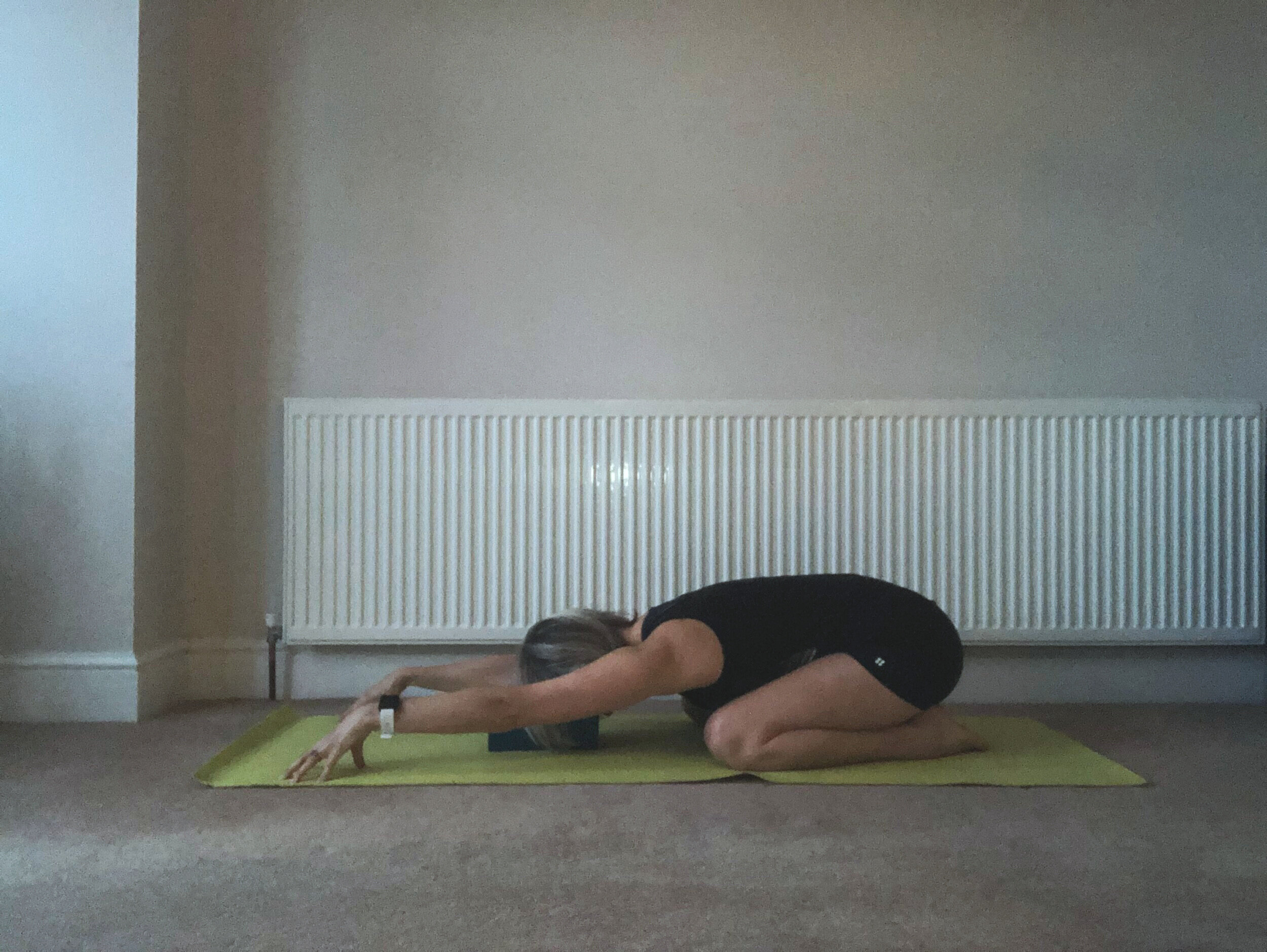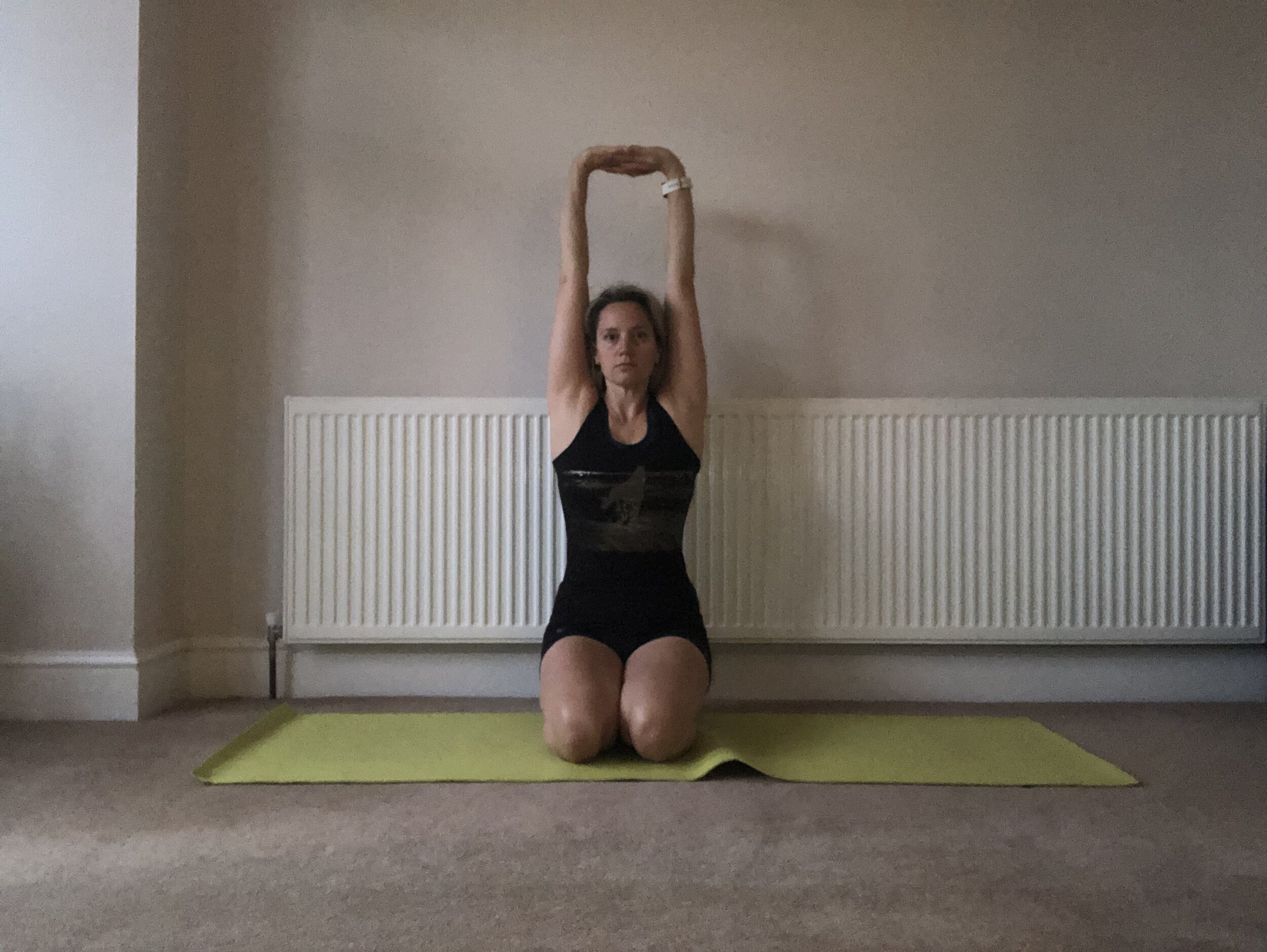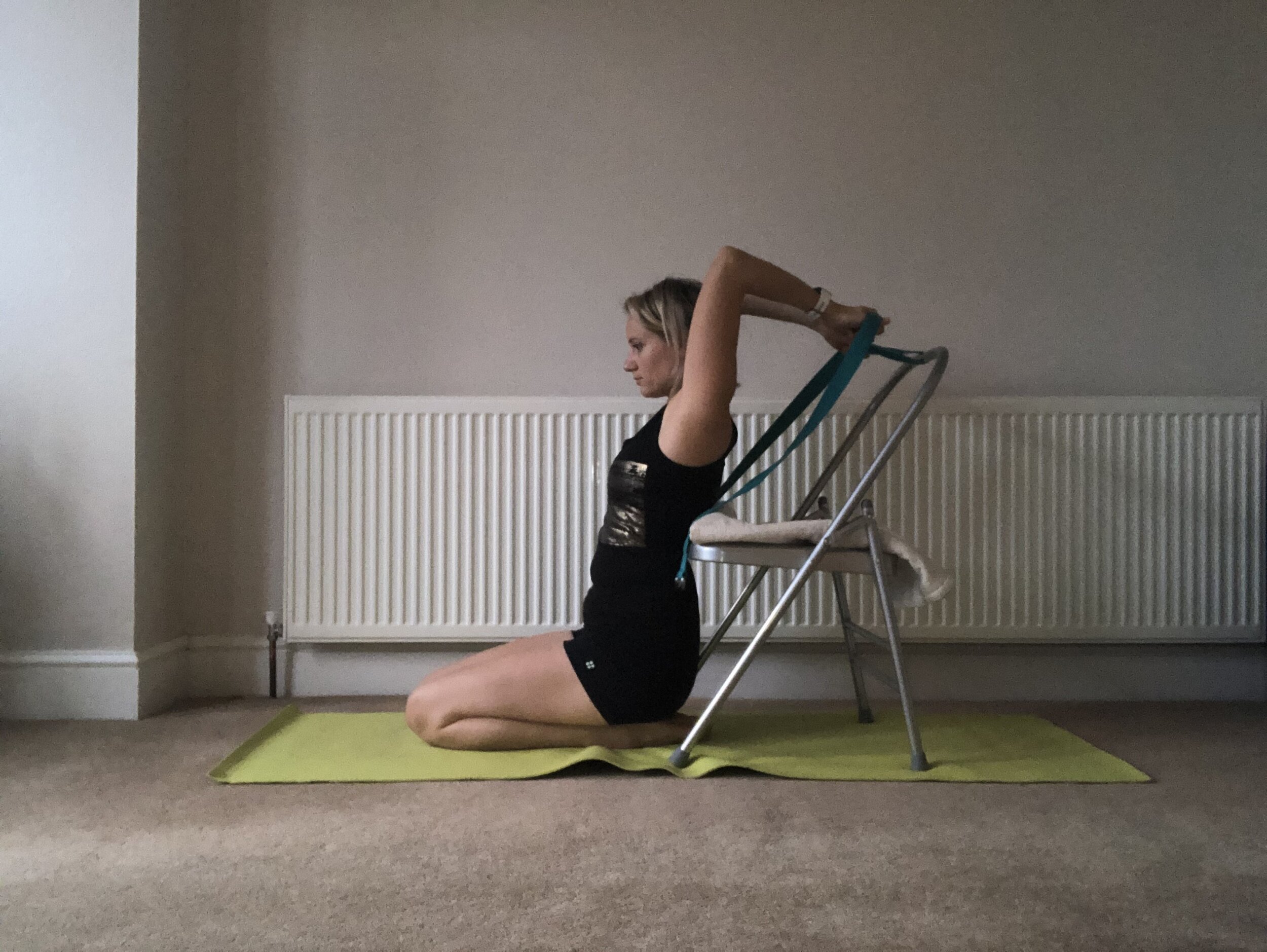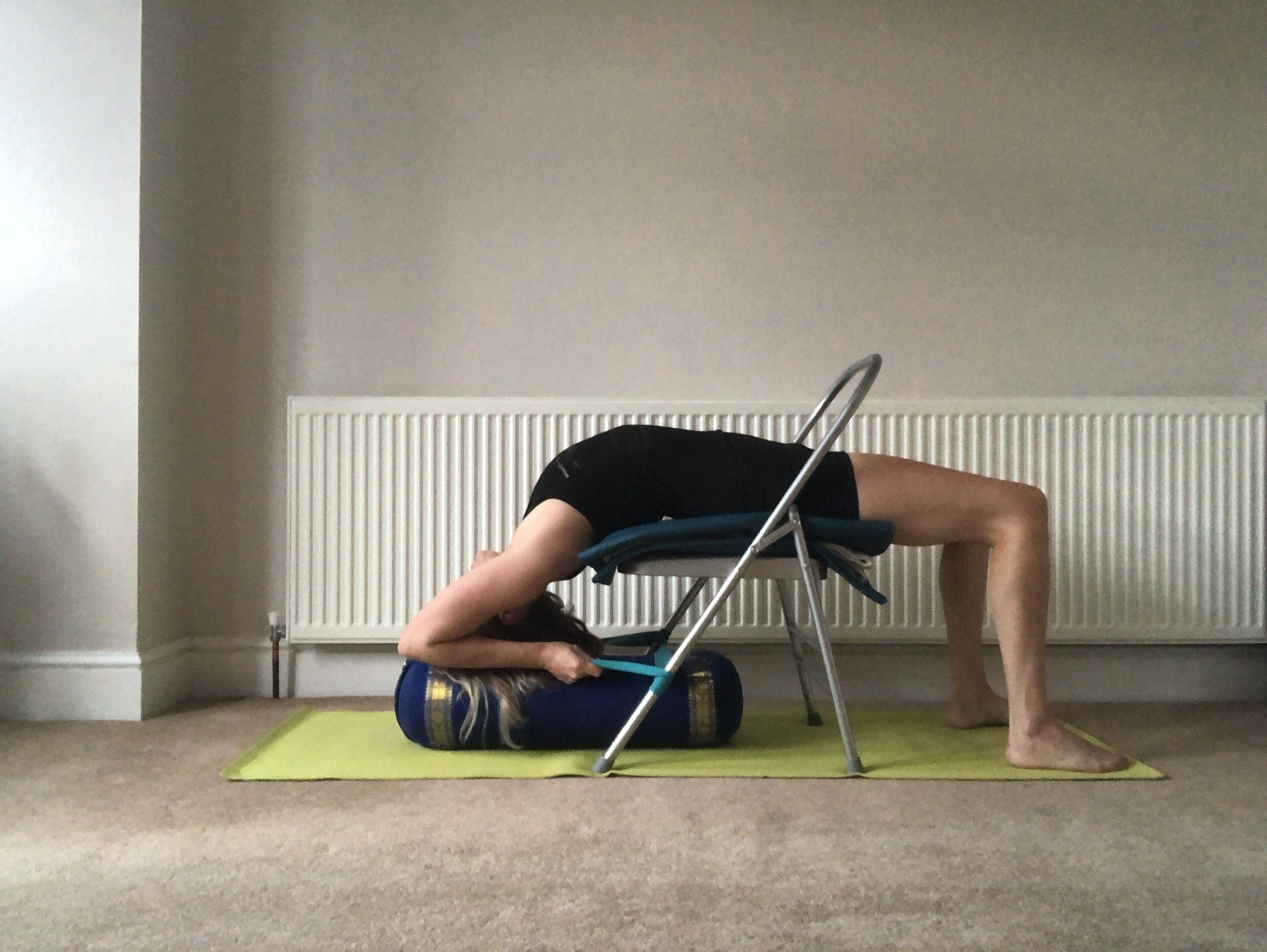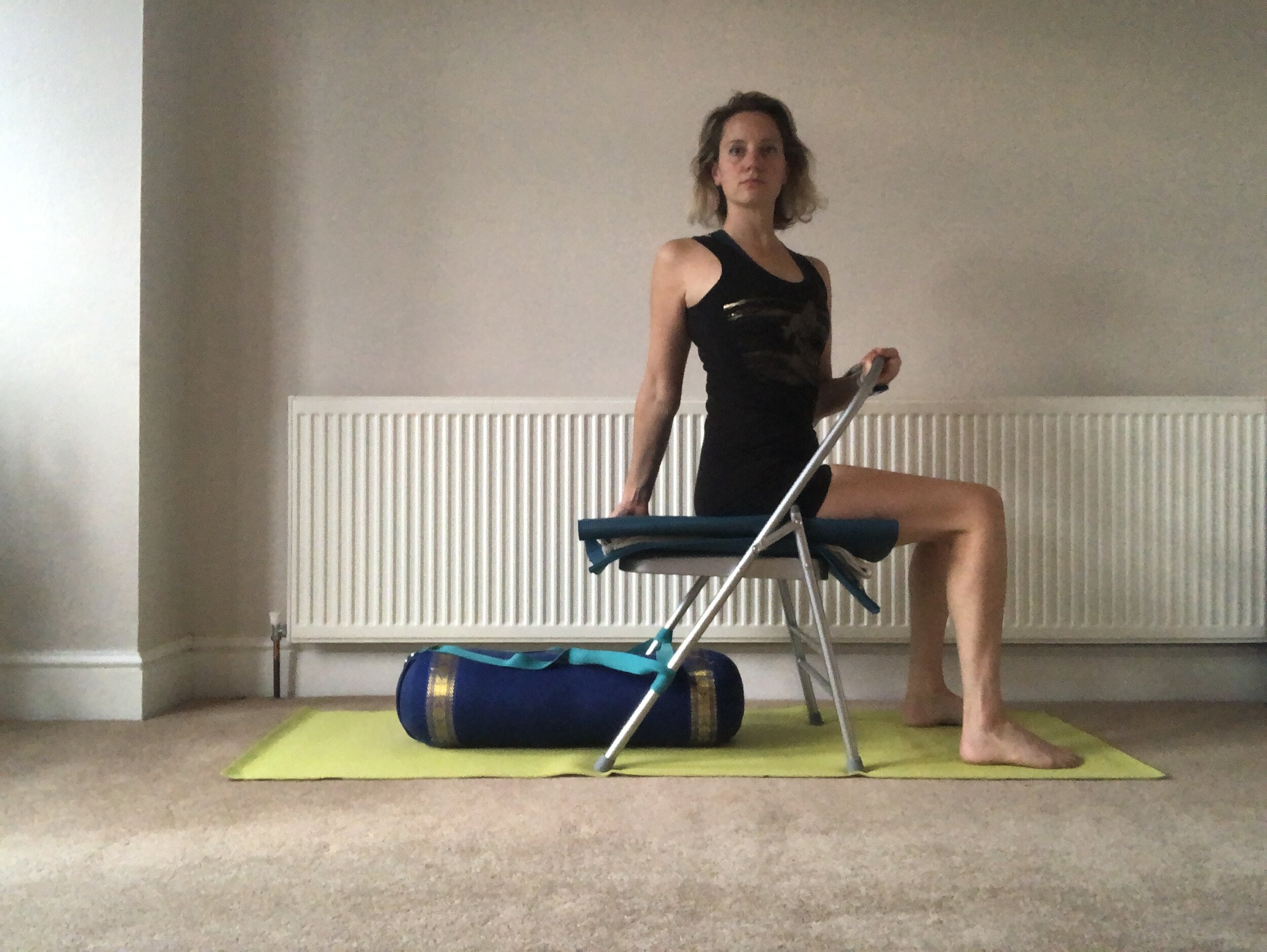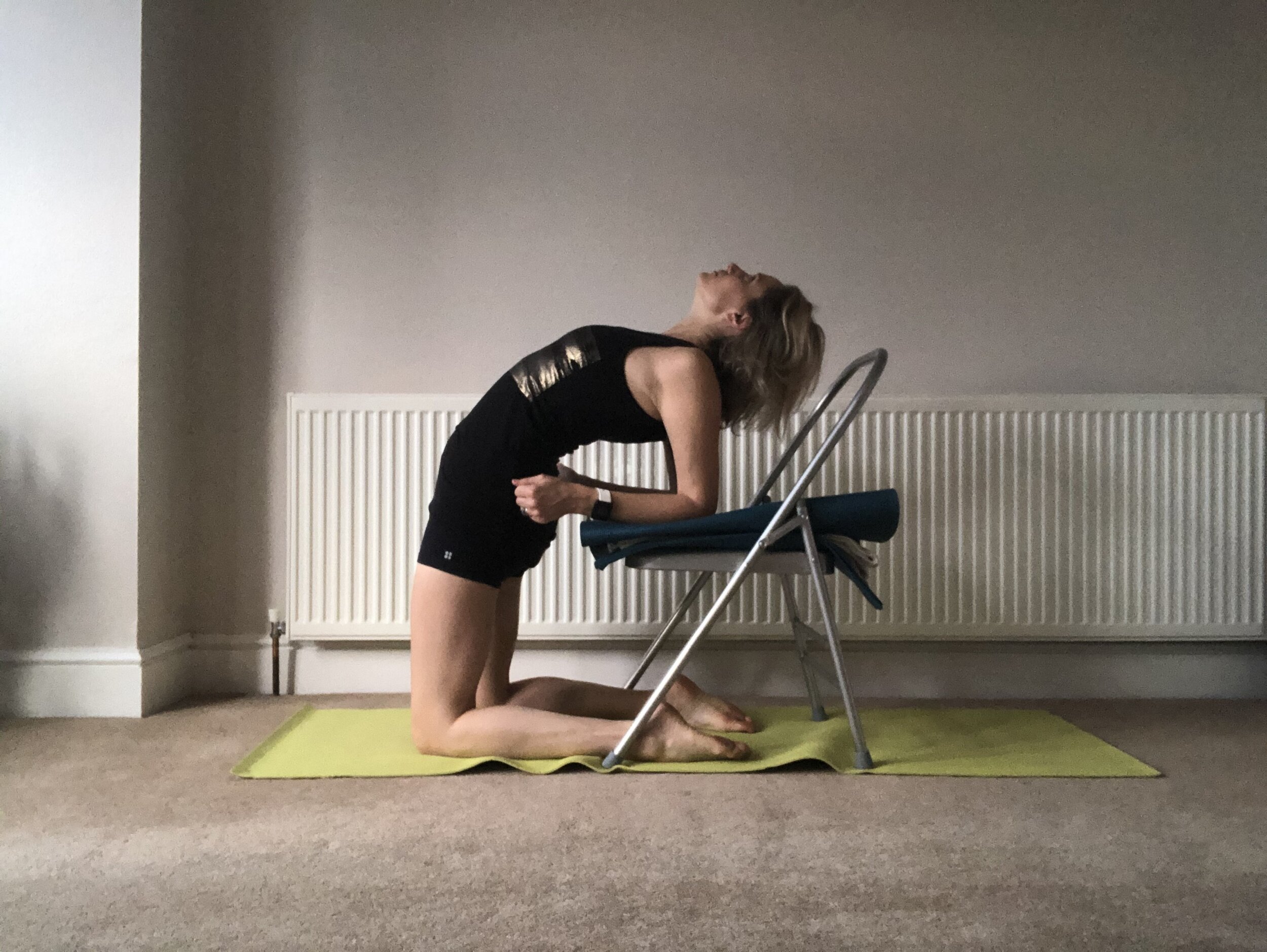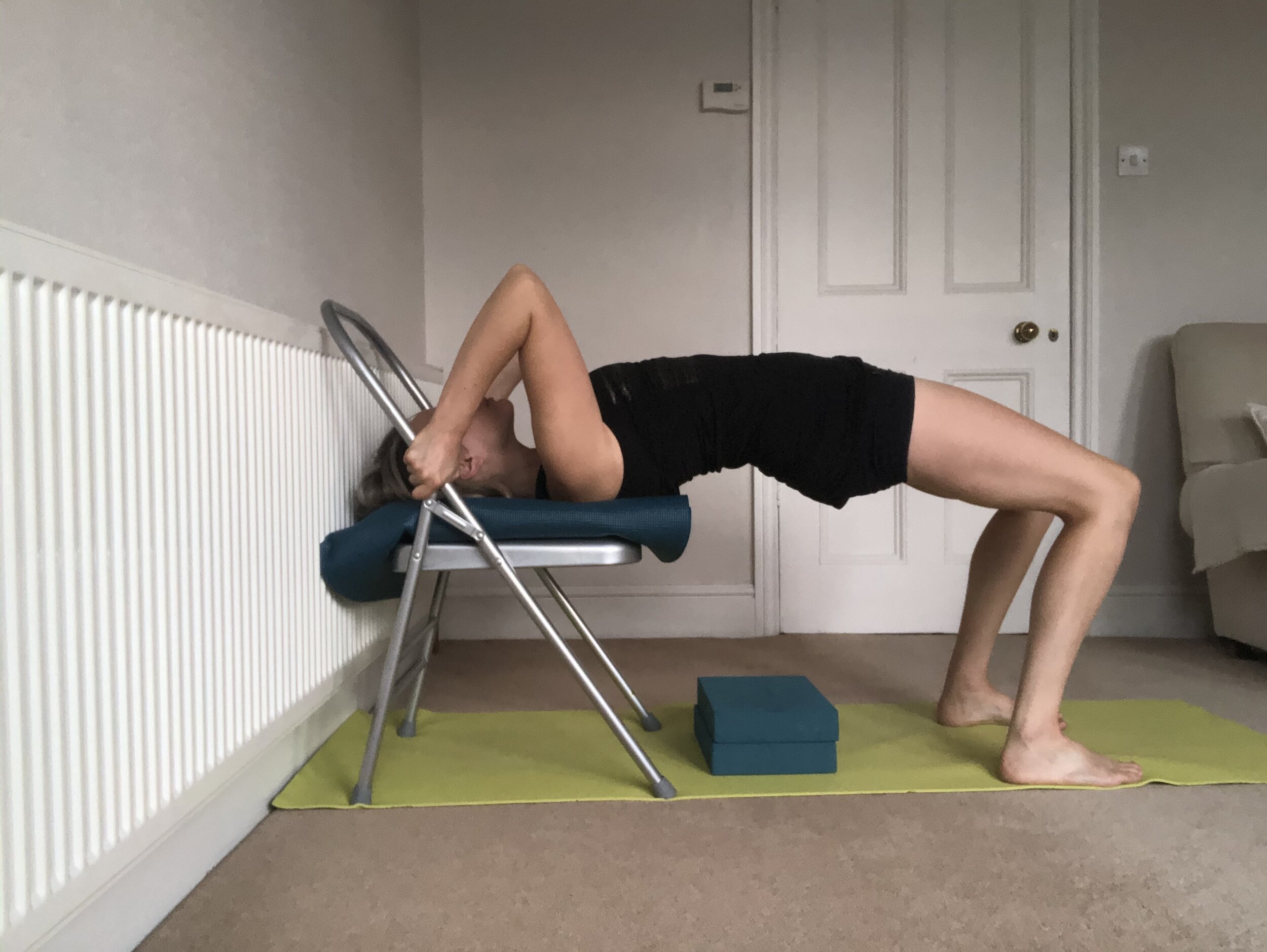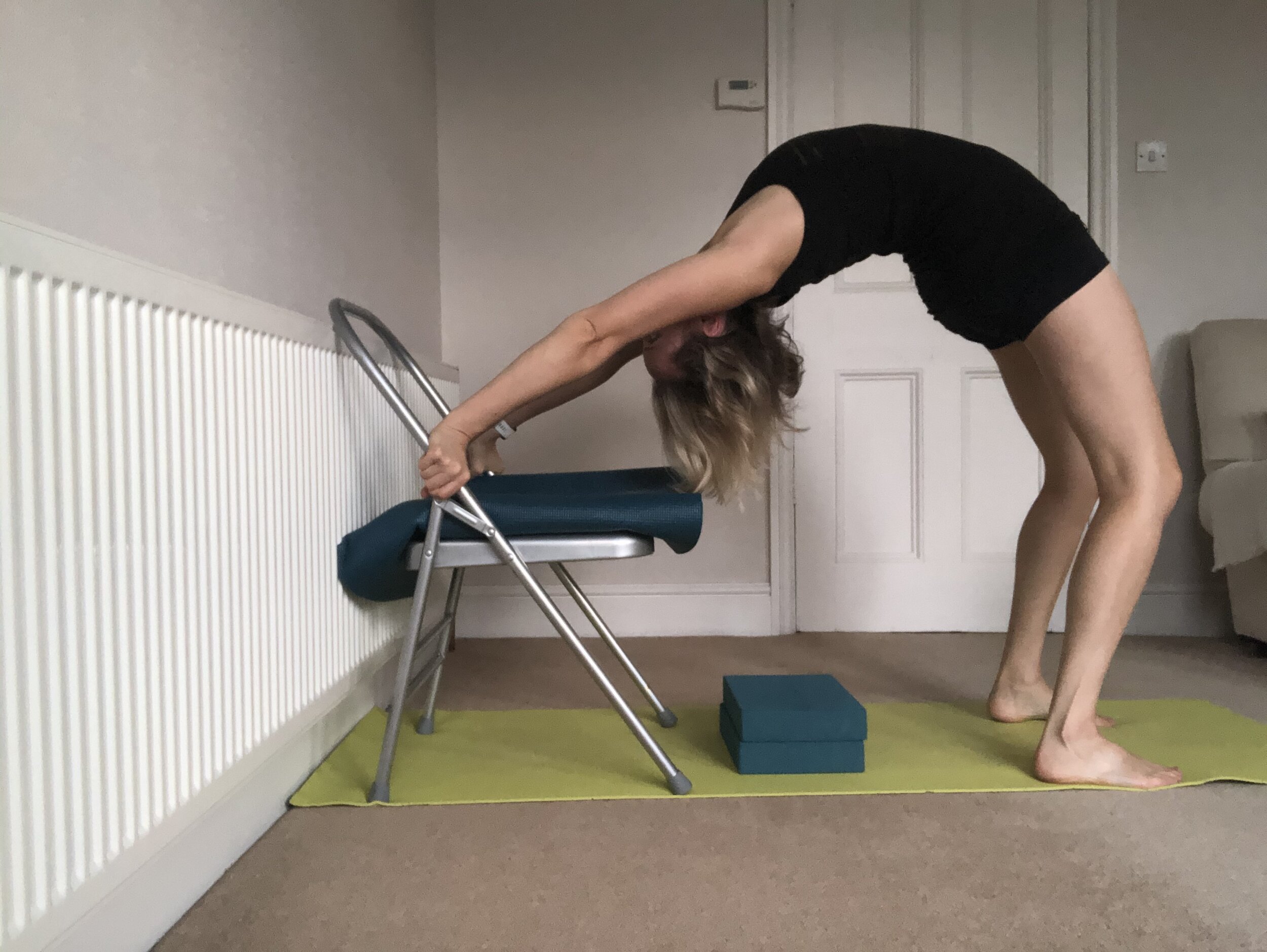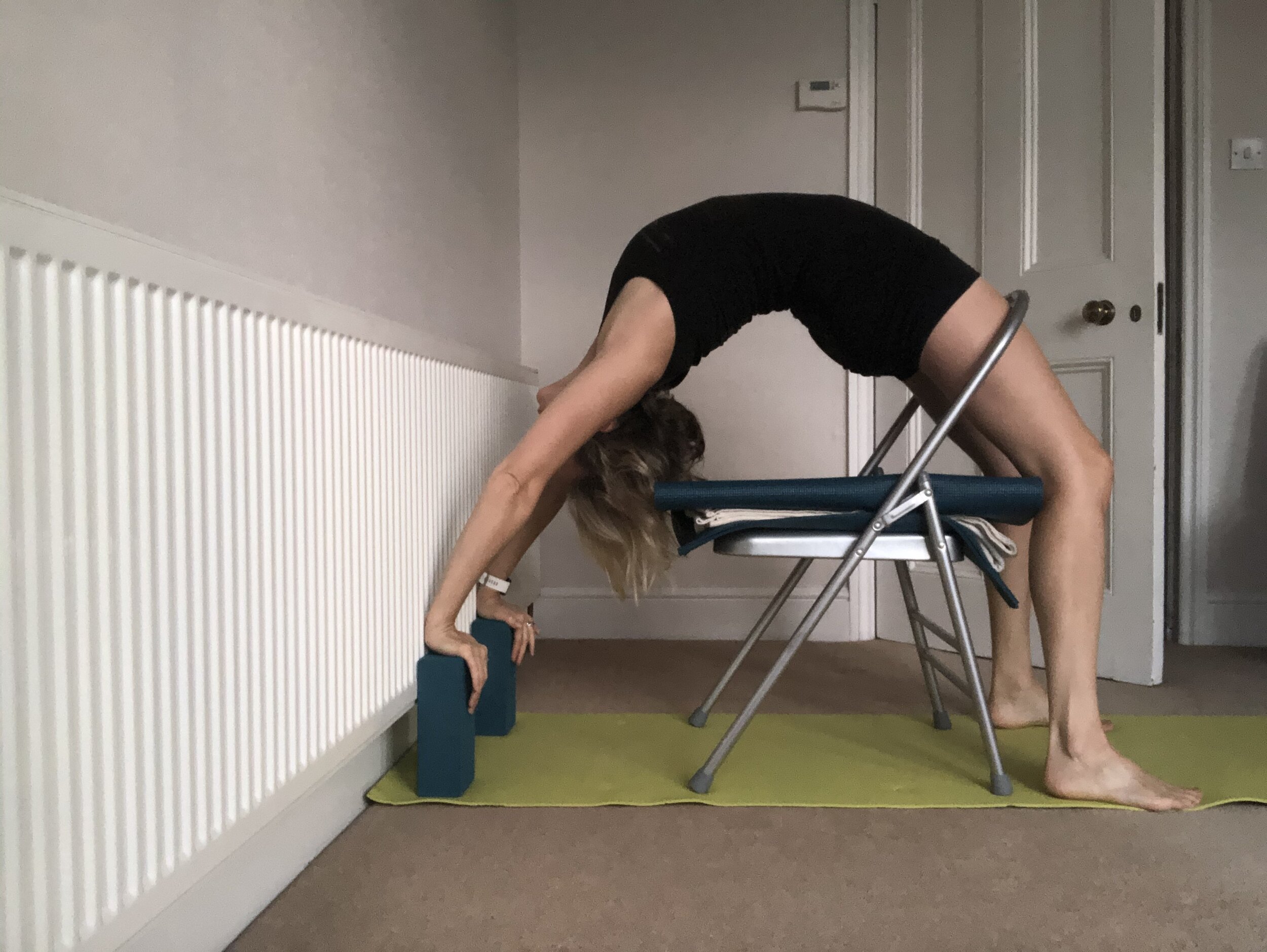Hi,
It’s September – back to school time! And now, finally, the kids are actually back to school. Never before have I appreciated the education system as much. Not so much for what the children learn there, but for the routine, the stimulation, the friends, the BEING OUT OF THE HOUSE.
And that’s where we’re all at. We’ve been at home, with the odd jaunt away, for six months. And when the government recently announced the ‘Rule of Six’, many people felt desperate as our small freedoms are being taken away from us again.
We understand why. We know that there’s a pandemic and sadly it might only just be the beginning, but it doesn’t make it any easier.
The Effect on the Body
When the mind and heart suffer a setback, the body reflects this too.
I remember when I was doing my yoga teacher training, I was feeling unconfident and disheartened. My teacher looked over at me and said, “Why are you standing with your chest dropping? Lift it up!”
That instruction has stayed with me, particularly because I had no idea that my posture was reflecting my mood. And the simple action of drawing my shoulders back and lifting my chest had the effect of making me feel more powerful, and that actually, I could do this. The mind affects the body, the body affects the mind.
The Effect of Backbends
This heart-lifting action is part of what makes backbends so intense. B K S Iyengar has said the following about backbends:
“…you create tremendous depth and vastness in the chest through the backbends that the emotional centre accommodates [absorbs and withstands] all types of pressures and strains. There is no chance for a person who does backbends to get emotionally depressed or distressed.”
By opening our chest and heart up the maximum in a physical way, we literally lift and open our emotional hearts. This is not a soppy simile, it’s literally true. Try it now.
The Fear Factor
But backbends can be scary. Poses where we arch backwards make the body feel vulnerable. And we can’t see where we're going. There is also a tendency to be cautious with the spine, especially if you’ve suffered back pain in the past.
The key is to build up slowly to backbends. You should have a solid foundation in the standing poses, twists and inversions in order to master the backbends.
What are the Backbends?
The first backbends we learn as beginners are Shalabasana (Locust pose), Bhujangasana (Cobra pose), Dhanurasana (Bow pose) and Urdhva Mukha Svanasasana (Upward facing dog). These poses are going against gravity so we learn to work the back muscles first.
The next backbends are Ustrasana (Camel pose), Dwi Pada Viparita Dandasana (Two-footed Inverted staff pose) and Urdhva Dhanurasana (Upward-facing bow pose). These poses are going with gravity, so we have to resist with the back muscles.
B K S Iyengar says that Urdhva Dhanurasana is the basic pose of the backbends, just as Tadasana is the basic pose of the standing poses and Dandasana is the basic seated pose. The thing is Urdhva Dhanurasana isn’t an accessible pose for many people!
Working on Backbends*
The great thing about Iyengar yoga is that it teaches you to break down poses into their component parts. And also how all the poses build on each other to prepare you for the next pose. So if you wanted to work on Urdhva Dhanurasana there are plenty of poses you can work on first to help you get there. You'll need to work on opening up the shoulders and improve the internal rotation action. It's also a good idea to open up the front of the thighs and groins.
Here are some pose ideas to open up the shoulders and armpits:
Once you're confident with these, you can progress to these more intense poses:
Once you've warmed up your body and worked to open your shoulders then you can move to Urdhva Dhanurasana over a chair. Try it first sitting in front of the chair on blocks and then lift up with your head and shoulders supported on the chair, holding the backrest (see image 8 in the above block). Then push up by pushing the seat of the chair away - image 9 - making sure the chair is secure at the wall and won't tip. And then try it over the chair with your hands to bricks.
Cooling Down after Backbends
It's really important to allow the back to recover after a backbend practice. A seated twist will help to stretch out the lower back. And Ardha Halasana (Half Plough pose) over a chair is a lovely way to release the back.
Or you can do Urdhva Prasarita Padasana with a belt (lying flat on your back with both legs vertical) which is the same shape, but a different orientation. These inward-facing poses will allow the mind to come back to an introspective state before getting back to your day.
Backbends are intense, but the benefits are multiple. And at this time of uncertainty, a bit of heart-lifting can't go amiss.
Poppy x
*Do adapt the poses to suit your body, any injuries you have, and your physical state. If you're menstruating or have a back problem it may be best to avoid backbends.

